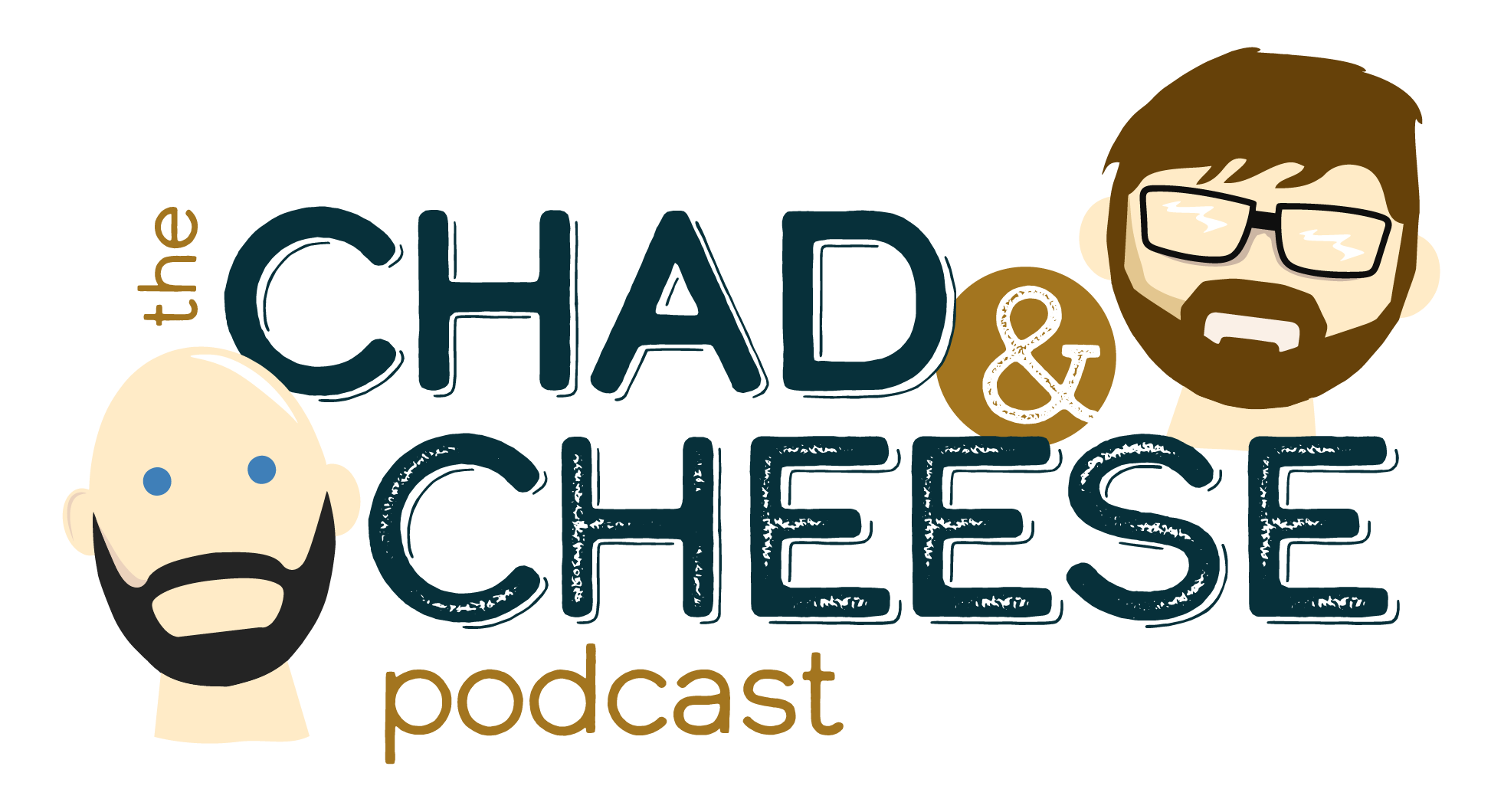Pros and Cons of Senior Living Communities
Guest Blog by John Francis, Senior-Living expert. John is a health consultant at Thorncliffe Place. He write about wellness, Aging and post-Retirement life.

Is it Time for the Big Move to Senior LIving?
While “change” is the only constant in life, most of us are resistant to it when it comes to taking a life-changing decision, whether it be for our parents or ourselves. More often than not, older adults move out of their family home into a living situation that provides more care only at the time when they actually need it. So most folks aren’t spending a lot of time thinking through this transition. But if you want to be prepared, it’s important to understand how to best evaluate your parents’ health and understand their needs so you can best help them find the right living situation. When the time comes to decide which living situation will be most appropriate for your parents whom you have loved and lived with for a significant part of your life, you are caught in a dilemma. Though no one can forecast the future, you can consider and discuss with your parents and other Caregiving family members the pros and cons of moving to a senior-living community, in order to make an informed decision in the best of their interests.
First, there are many different types of senior-living accomodations for older adults, depending on their needs. Here are the most common:
Retirement homes:
Offering easy-to-manage accommodations, senior-friendly surroundings, transportation options, social opportunities, and living in a community with peers, mostly 55 and older, retirement homes for adults who are independent but want to live in an area that caters only to adults of a certain age. This is the least restrictive kind of senior-living community. Here, care services and personal assistance are not offered. But there are luxury amenities such as clubhouse, tennis courts, a golf course, fitness center, barbershop, beauty salon, or restaurants provided for fit and active seniors, or snowbirds. Socialization is a big part of daily life. Some communities are particularly large, like The Villages in Florida, that count tens of thousands of older adults as residents, and acts as a small independent city. Other Retirement communities can be smaller, providing the feel of living at a country club.

Independent Living:
For those adults that need just a bit more care than a retirement home provides, Independent Living communities provide plenty of convenience and ways to ease any difficulties that come from aging in place. These communities provide safe and convenient places to live, with plenty of activities, excursions and meals. Some communities have a medical professional on staff while others offer free rides to doctors offices.
Assisted Living:
An assisted living community offers 24/7 care services by trained caregivers in a home-like environment. They assist a resident with the activities of daily living (ADLs) like toileting, dressing, grooming, personal hygiene, eating, bathing, and transferring. This type of community usually will also provide services to residents like three meals per day, snacks and beverages, laundry services, housekeeping, and transportation to appointments. Mostly they employ an on-staff nurse to supervise the care of each resident, and address any changes in their care. Built on a social model, these communities not only provide expert care and support, but also encourage residents living in private apartments, to engage and interact with their neighbors, staff members, and new friends. They offer various Entertainment options, Exercise classes, excursions, daily activities, and events to promote friendships and comradery.
Memory Care:
Memory care is a distinct care option for an adult with Alzheimer’s or other forms of dementia. Oftentimes, Memory Care is structured within an Assisted Living community as a self-contained floor or wing. The specific needs of residents with memory loss are met by staff specially trained in memory care. Apartments are modified to meet the residents’ needs and keep them safe and activities, meals, and décor are designed to meet their unique care needs. Additional Security measures such as motion sensors, emergency call buttons, exterior doors that are locked or use a delayed egress, and camouflaged exits for those who may wander, are provided to offer a healthy, calm, safe, and comfortable environment while encouraging the residents to be as independent as possible.
Respite Care:
These short-term care communities allow seniors to stay for assisted living temporarily. If their family needs to Travel for work, or take a break from caregiving for self-care for a short period of time, their seniors are provided 24/7 care, including medication management and assisting with ADLs by trained caregiving professionals.
Skilled Nursing Facility:
This is best suited for older adults who need a higher level of medical care or supervision for a short period of time, around three months or so, and is the most hands-on senior-living community. Those suffering from a complex medical condition, recuperating after surgery or a Stroke, needing daily Therapy services, or requiring around-the-clock medical care can receive appropriate medical care here. A licensed physician oversees each patient’s care and healthcare medical professionals, such as doctors, registered nurses, and therapists, are always on the premises.
Continuity Care Communities:
Apart from these types of senior-living communities, there are Continuing Care Communities that offer a bouquet of all the above services on the same premises allowing the seniors to age in place.
However, just as there are two sides to a coin, there are pros and cons of living in retirement homes that must be discussed here:

Pros of Senior-Living Communities
Medical Care:
Being staffed with medical professionals around the clock, Skilled Nursing Facilities can provide medical attention to your parents whenever they need it. The staff at Assisted Living Facilities is trained to provide assistance with daily tasks, including activities of daily living like eating, bathing, dressing, meal service, and housekeeping, among others and also usually have a nurse on staff to supervise care for each resident. While, nursing care communities provide medical care like inpatient nursing, rehabilitation, and health-related personal care to those residents who need continuous nursing care, Assisted Living communities provide 24/7 social and personal care to the older adults, and others who have limited ability to care for themselves.
Adaptive Apparel:
Getting dressed is a big challenge that older adults and their caregivers face. For many adults, the inability to dress independently could be the reason they have to move into a care community in the first place. So, adaptive clothing can be a wonderful resource for those who are trying to continue to live at home. But for many people at care communities, adaptive apparel can help them get dressed without caregiver assistance. For those who will always need dressing help, adaptive clothing can make assisted dressing much easier, quicker and safer for both the wearer and caregiver.
Security:
Since older adults are often vulnerable to criminal elements, especially if they are living alone, these gated communities will provide them the much- needed security and peace of mind.
Senior-Living Social Life:
Socialization is critically important to brain health; socialization is a key component that helps to fight dementia. However, the sad reality is that due to living with physical changes that impact the ease of independently socializing, it is common for older adults to feel more and more isolated and lonely as they get older. Social distancing during the pandemic exacerbated this challenge for many. At retirement homes, entertainment opportunities such as outings, picnics, parties, get togethers, enrichment classes and other activities are created to draw the residents out of their rooms and keep them engaged. Along with socialization, learning new skills and information are important for keeping one’s brain healthy and sharp. Being around new people and learning new things is one of the best ways in which older adults can protect their brain.
Regular Healthy Meals:
For some older adults, certain aspects of daily care become more difficult, and this includes preparing healthy meals. Some adults, due to the increased difficulty of shopping for and preparing food, might opt for unhealthy options that are easier to prepare, or might even just skip meals. At retirement homes it is ensured that residents are offered a wide choice of healthy and nutritious meals at regular intervals throughout the day, with staff providing assistance with feeding to anyone who needs it.
Housekeeping Services:
Keeping the house clean and the laundry washed can be cumbersome for some older adults, leading to unclean and unhealthy living. At some retirement homes, these services are provided and the staff ensures that the bed linen is changed regularly, clothes are cleaned and pressed and the environment is kept clean.
Less Strain on Family Members:
It’s not easy caring for an aging parent even for those who do not require around-the-clock medical assistance, it can be quite burdensome and stressful for adult children to provide full time care for an aging parent while also working and caring for growing children. And especially for those older adults who do require medical help or assistance for Daily Living Activities, they will be better cared for by trained professionals at a care community. Moving your beloved parents into a good retirement home ensures that they are safe and well looked after, allowing you to better balance all of your responsibilities.

Specialized Healthcare:
Some older adults live with complex medical conditions, such as dementia or Alzheimer’s, for which family members may not have full training or experience to provide the best care possible. Retirement home staff are trained and experienced in all manner of health conditions, and can provide the specialized help and assistance at a professional level beyond what a typical family caregiver can provide.
Access to Modern Resources:
Staff in retirement homes will help your beloved parents with communication and other tech tools that will improve their care and daily living. From assisting them with phone calls or sending emails to making sure that the TV remote has new batteries, there should always be a staff member around to offer help and assistance whenever it is needed.
Cons of Senior-Living Communities

Higher Expenses:
Not everyone can afford the high costs of living at retirement homes especially the high-quality communities that are incredibly expensive. The average cost of living in a private room can amount to more than $100,000 a year.
Loss of Independence:
It can be a big adjustment, to move from their home of many years to a care community in which many of their living spaces are shared. While having a schedule packed full of activities is as wonderful as having all your meals cooked for you, it can be cumbersome for some new residents to abide by someone else’s schedule.
Possibility of Poor Care:
No place is perfect and there have been cases of abuse and neglect in retirement homes over the years. Therefore, you must always do your research, read plenty of reviews and speak to as many family members of current residents as possible when you choose a retirement home. It’s important that you remember that, although your parents are moving to a place where they will receive care, your role as a caregiver does not disappear. It’s your role to monitor their progress to ensure they are getting the best care possible. You should be looking out for their hygiene, cleanliness of their room, clothes and bathroom. Ensure that they are taking their medication (and that you know what the medication is and for what purpose.) Many care communities are currently short-staffed, so sometimes certain details might slip through the cracks. It’s your job to make sure they adhere to your high standards.
Senior Living and the Pandemic:
Covid-19 has added another morbid dimension to retirement home living. Covid-19 is particularly dangerous for older adults. As a result, over the past couple of years, people became apprehensive of putting their loved ones in retirement homes. This resulted in lower occupancy rate which impacted staffing. While occupancy is again growing at pre-pandemic levels, at some communities they have now reached their occupancy rate, making it harder for prospective residents to move into their preferred community at their preferred time. So plan ahead and have a backup plan in mind.
Homesickness:
The first few weeks at a new community can be an emotional time for your loved one. Don’t just call to check on them – visit! And definitely do this as often as possible, especially during the initial transition. Ensuring that you choose a retirement home nearby and visit them frequently can make up for their loss of family time as they adapt to their new life. Celebrating holidays and taking them out for lunch or movies will be a highlight of their week. Many communities allow family members to join for meals – it’s a great way to not only remain connected and close with your loved one, but to learn and see what life is like for them, giving you great perspective as you continue to provide care.
Thus, every situation is different and you must carefully weigh the pros and cons before taking this major life changing decision for your parents. Do not forget to involve them and discuss at every stage of the process, with the best of their interests in mind.























